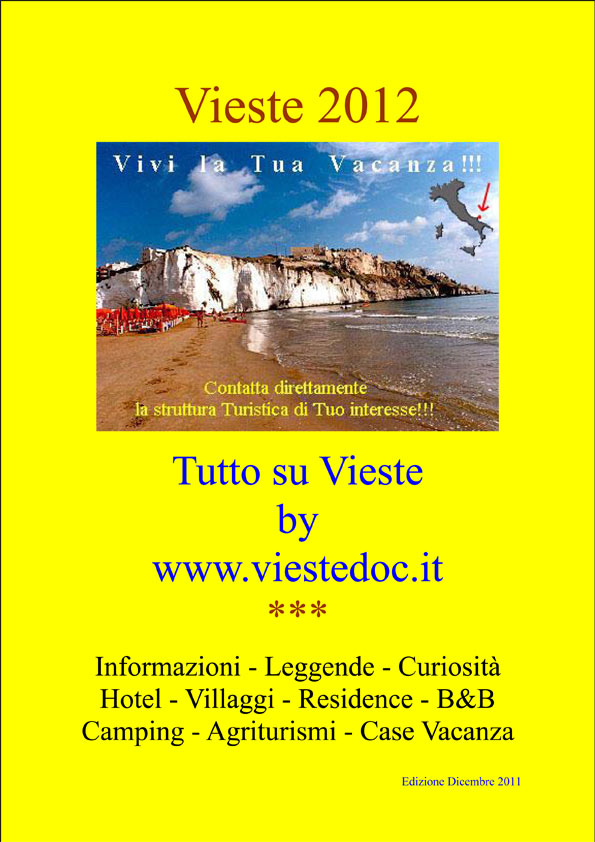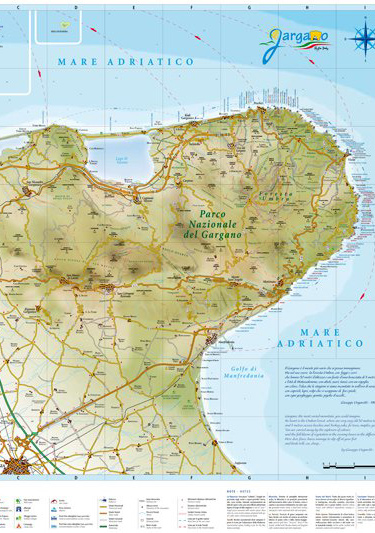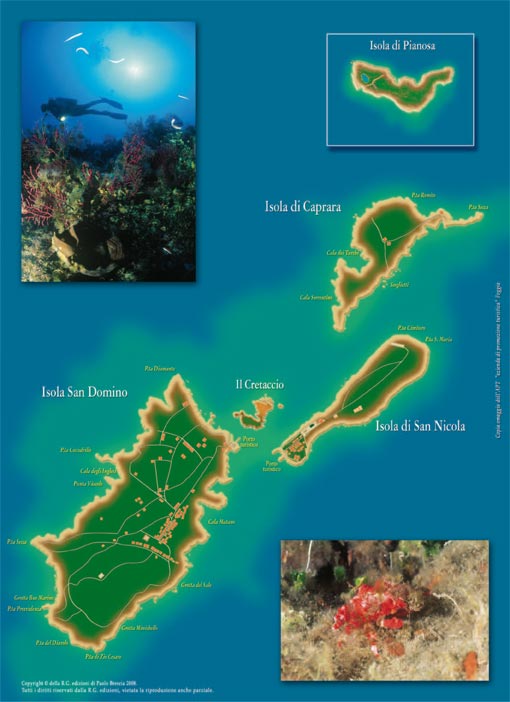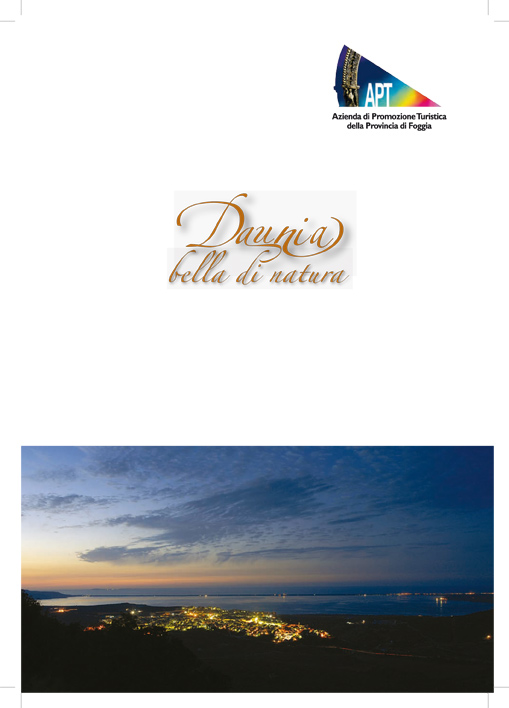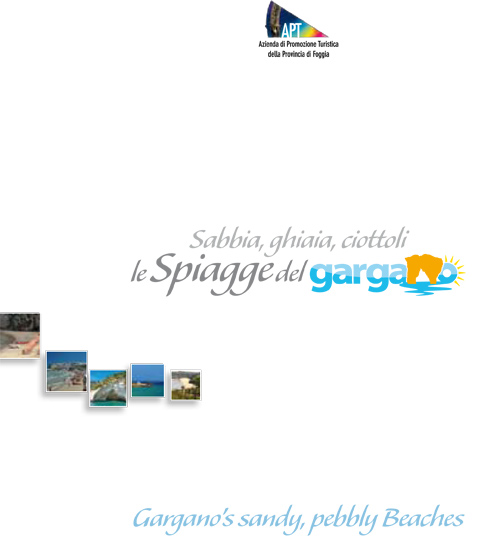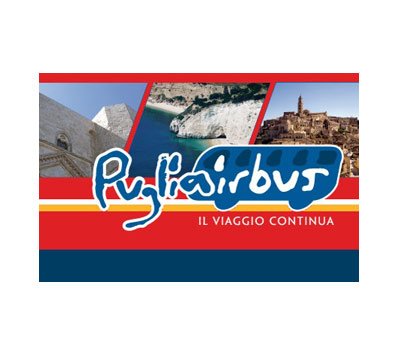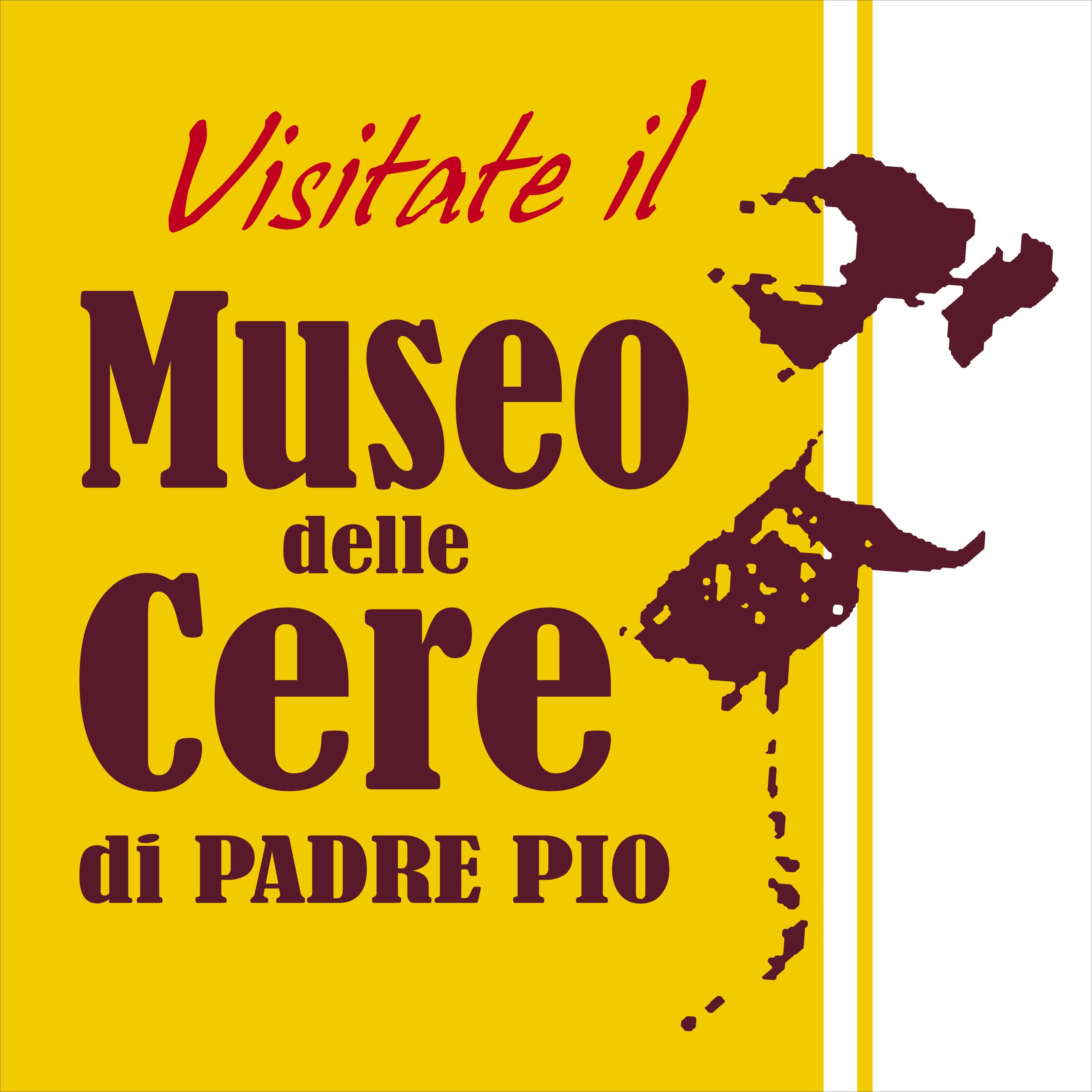
|
chi siamo contatti   
|
||||||||
|
|||||||||
Il Gargano sul New York Times

Per la seconda volta in due anni il New York Times lo scorso 2 settembre ha pubblicato un dettagliato articolo sul Gargano. Il prestigioso quotidiano americano ha evidenziato la bellezza paesaggistica, culturale ed enogastronomica del Promontorio con particolare attenzione riservata a Peschici, Vieste e Monte Sant´Angelo.
ondaradio.info
A Challenger to the Amalfi Coast?
FROM the vantage point of a large porch of our bed-and-breakfast in the Gargano Promontory in southern Italy, it was easy to get lost in the view.
Beyond a hillside of olive trees, dusk was settling in over Peschici, a medieval hilltop village perched along the Adriatic Sea.
But then Francesco Martucci, 61, who owns the 10-room inn, La Chiusa delle More, and the surrounding estate with his wife, Antonella, 47, interrupted our reverie. It was time, he announced, to sit for the dinner Mrs. Martucci had spent much of the day preparing.
First came warm bread straight from her oven, with olive oil made there on the estate, followed by an unfurling of 10 antipasti, including fried zucchini flowers stuffed with anchovies, grilled calamari, mussels filled with local caciocavallo cheese, an oversize bowl of tomatoes from the garden and miniature leek tarts. Then spaghetti vongole, roasted sea bass and lemon cream cake. All the while, Mr. Martucci was refilling our wineglasses with a local red and encouraging us to take another helping.
One might dream about meals like this, but who knew they actually existed?
This was my first exposure to the new Gargano, which has been trying to move beyond a reputation built up over some three decades as primarily a budget beach destination for Italian vacationers. I had come to the area with my husband, Mahir, and members of my family.
Situated in Puglia, or the Apulia region, the Gargano Promontory juts out into the Adriatic Sea, and is sometimes called the spur on the heel of Italy’s boot. Three of its most visited places are the coastal towns of Vieste and Peschici, as well as Monte Sant’Angelo, a village famous for a medieval sanctuary of the Archangel Michael. Much of Gargano is actually part of a 30,000-acre national park; the Umbrian Forest there contains some of the country’s oldest trees.
Tourism received a boost in Gargano a half-century ago when Enrico Mattei, who was the president of the Italian oil and gas company Eni, was taken in by the area’s charm and beauty during a visit to what was then mostly a farming region. Eni financed construction of a large tourist center near Vieste called Pugnochiuso, building two hotels, residences and a shopping complex. At the same time, the Pizzomunno hotel was being built in Vieste.
Mr. Mattei’s efforts were perhaps overshadowed, however, when local businessmen, seeing an opportunity in the area’s move toward tourism, began adding a wave of inexpensive motels and campgrounds.
By the middle to late 1980s, the roadways were cluttered with signs advertising low-cost motels and campsites; the main dining options were inexpensive pizzerias and other uninspiring restaurants.
For many travelers, Gargano became known as an ultrabudget beach getaway, and the charm and allure that initially drew in Mr. Mattei seemed to have become something of an afterthought.
But in the last several years, a small number of residents and weekend homeowners who want to attract a more discerning crowd have opened charming hotels and high-quality restaurants, with even more in the works. Meanwhile, Gargano’s first two properties, Pugnochiuso and Pizzomunno, are still attracting visitors.
The result, as I discovered during our mid-May visit with my family, is a combination of the best of what makes Italy irresistible to so many: the history, the food, the dramatic settings and the people who envelop you with so much warmth that they instantly feel like your closest friends.
Mr. Martucci inherited the property from his grandfather, and the couple, who spend their winters in the city of Foggia, about a two-hour drive to the southwest, used it as a weekend home until eight years ago when they decided to turn it into a hotel.
“We always knew Gargano was beautiful, but it had no soul to bring people in, and that’s what we’re trying to give it,” Mr. Martucci said.
The Martuccis grow most of their own vegetables, fruits and herbs on the grounds of La Chiusa. The inn, a carefully renovated farmhouse that dates from the 16th century, is not austere by any stretch, but they are working to provide even more luxurious quarters by converting an old monastery that they own nearby into a lavish six-room hotel.
When we explored the region, we could easily see why it so appealed to Mr. Mattei so long ago.
The area is filled with a mix of pine forest, green scrub and sea cliffs, and the 300 varieties of orchids make for lightly perfumed air. Gargano has nearly 110 miles of shoreline with hundreds of sandy beaches, many of them all but unused.
http://travel.nytimes.com

ASD Nordic Walking Gargano

Tra benessere e natura...
Itinerari ed Escursioni Apricena: Castel PaganoArriva Primavera: Bosco Retrodunale Ramitelli, ChieutiForesta Umbra: itinerario ad anello, Lago D'Umbra-Falascone-Lago D'UmbraIncanti di Luna: Monte Calvo, San Giovanni RotondoLa Costa dei Trabucchi e delle Torri di AvvistamentoLa Via Francigena del Sud: da San Giovanni Rotondo a Monte Sant AngeloLago di Varano: Natura e FedeLe Orchidee Spontanee: Bosco della Difesa, San Marco in LamisPadre Pio e la sua genteSui tratturi del GarganoTour Isole Tremiti (escursione giornaliera)Trekking al Villaggio Antico di PulsanoTrekking Bosco Isola - Lago di LesinaTrekking del GarganoTrekking Emozionale in Foresta UmbraUn Bosco per amico: Bosco di FaetoUn Bosco per Amico: Bosco Spinapulci, San Nicandro Garganico
Download
RUBRICHE News Eventi Sondaggi Link utili
 | disclaimer | Condizioni di vendita
| disclaimer | Condizioni di vendita© destinazionegargano.it Tutti i diritti sono riservati. | Destinazione Gargano sas Partita Iva 03675450716
Powered by Aranea
